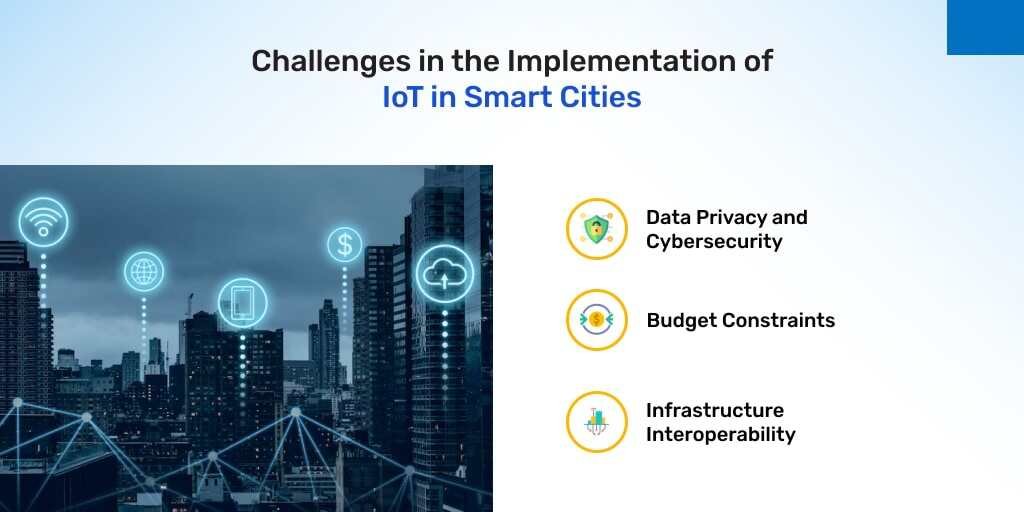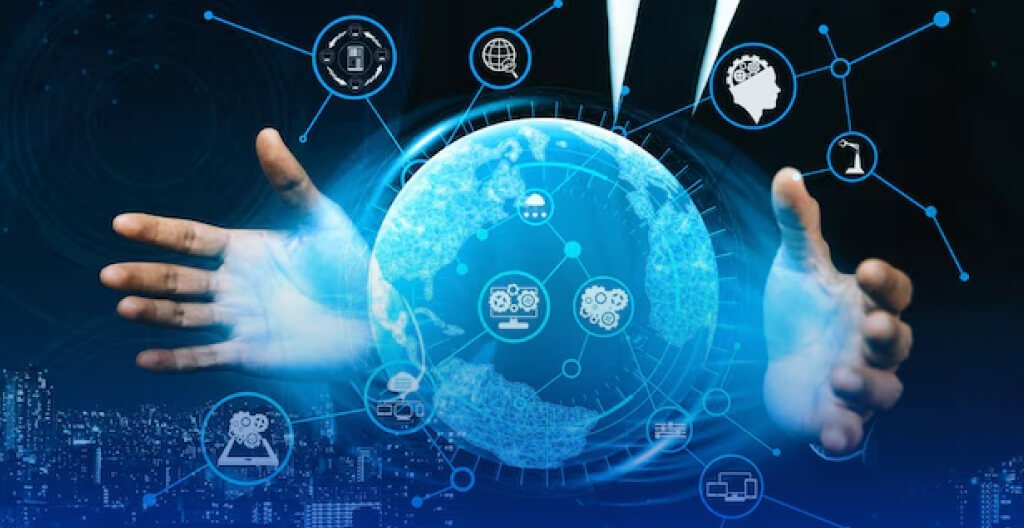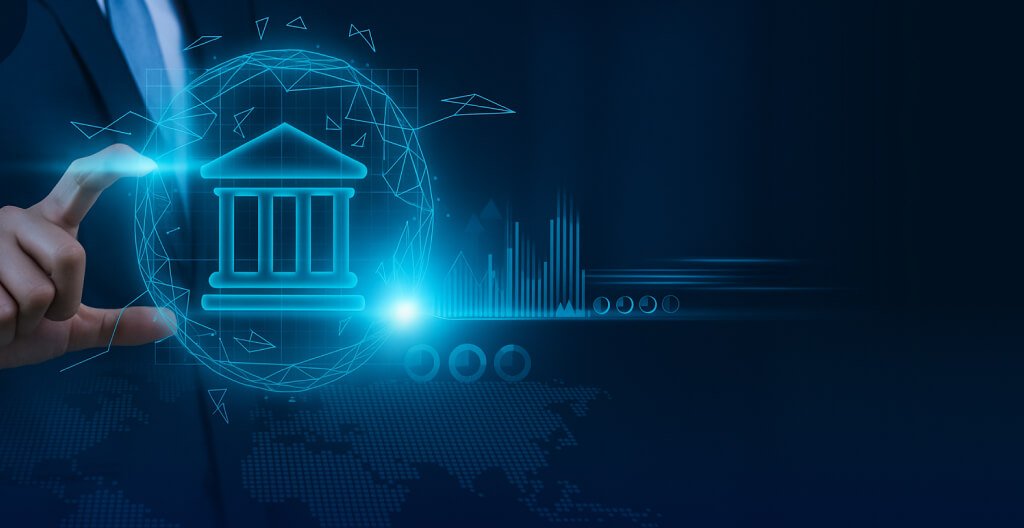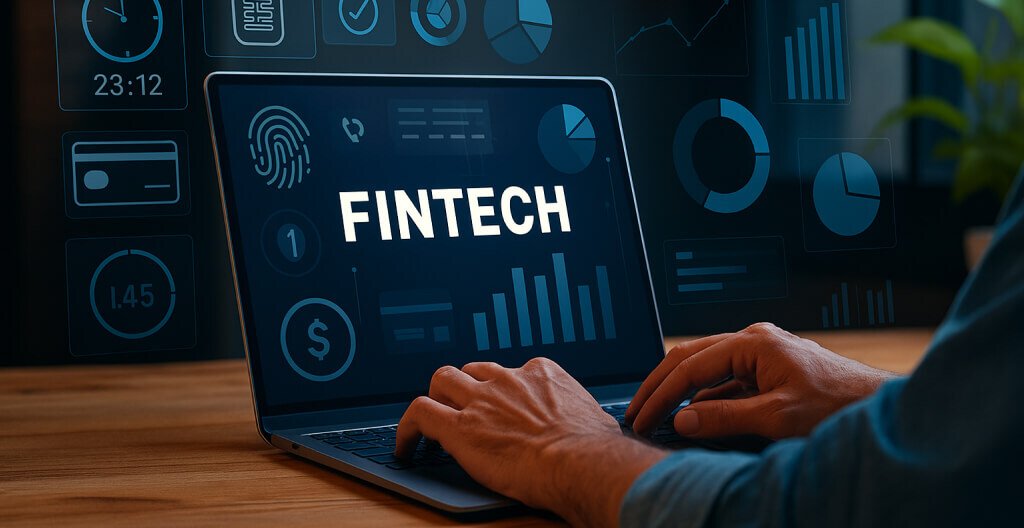The Internet of Things (IoT) is transforming traditional cities into intelligent, data-based cities. IoT connects infrastructure, devices, and citizens and makes daily decision-making possible in real time, maximizes resource efficiency, and enhances public services. As the population in cities keeps increasing, smart city solutions provide cost-effective, sustainable cities means of enhancing quality of life, optimizing ROI on infrastructure, and providing a better customer experience—despite challenges of integration, data privacy, and expense.
Table of Content
What is IoT and How Does It Empower IoT in Smart Cities?
Defining the Internet of Things
Internet of Things (IoT) is a network of physical objects, e.g., machines and sensors, connected to the internet so that they can gather and exchange data. IoT, in a smart city technology, enables systems to monitor conditions, automate, and optimize the city operations on auto-pilot.
Enabling Real-Time Data Capture, Automation, and Interconnectedness
IoT provides cities with real-time information from IoT infrastructure and devices to enable them to react in real time to issues like traffic, energy usage, or security. This leads to more intelligent automation, enhanced delivery of services, and more networked, efficient cities.
Why Smart Cities Are the Future of Urban Life
What Makes a City 'Smart'?
Smart city technology employs digital technologies—primarily IoT—to enhance urban infrastructure, services, and citizens’ quality of life. It integrates physical objects like traffic lights, bins, and utilities into a shared data network. This enables the cities to make quicker, better-informed decisions, simplify routine processes, and provide more efficient, cheaper public services. Ultimately, a smart city creates conditions that are proactive, data-driven, and customer-experience and sustainability-oriented.
How IoT Is Revolutionizing the Future of Cities
The Internet of Things is transforming the city government by turning the city into a smart, networked city. The IoT sensors and devices gather real-time information from roads, utilities, public services, and so much more.
Key Opportunities IoT Brings to Smart Cities

Effective Resource Management
IoT assists cities in monitoring and controlling water usage, electricity, and public utilities. Smart sensors are able to identify leaks, monitor usage, and prevent overconsumption, so that the resources are being used in the right manner. This generates cost savings, prevents wastage, and provides better ROI on IoT infrastructure investment.
Sustainable Energy and Smart Grids
With smart grids powered by IoT, cities can manage energy supply as per actual demand. This reduces outages, reduces wastage of energy, and enables use of renewable energy. It’s heading towards sustainability, with longer-term efficiency and affordability.
Increased Mobility and Traffic Management
IoT enhances mobility in urban areas by interconnecting traffic lights, cars, and public transport. Traffic can be managed in urban areas, minimizing jams, and also provide feedback to travelers in real-time. This not only saves time but also lowers emissions, apart from improving the mobility experience.
Better Public Services and Customer Experience
From smart waste bins that signal collection to connected street lights that optimize brightness, IoT increases the way cities serve their citizens. Citizens enjoy quicker response times, enhanced safety, and more fluid access to services—increasing overall satisfaction and confidence.
ROI Advantages of Investing in IoT for Urban Infrastructure
Lower Costs and Improved Performance
IoT enables cities to run more efficiently as it automates processes, reduces manual effort, and cuts energy usage. Real-time data enables better allocation of resources, which gives way to lots of cost savings and enhanced performance of city services overall.
Predictive Maintenance and Reduced Service Disruptions
Sensors on the infrastructure can identify the onset of future wear. Cities can then carry out maintenance ahead of time—prior to the breakdown—conserves time, prevents expensive repair, and prolongs the productive lifespan of key assets such as roads, pipes, and transit.
Better Citizen Satisfaction and International Recognition
When services are operating well and citizen-centric, satisfaction increases. Smart cities gain international interest as well because they are so innovative and liveable, which raises their profile and investment from both the private and public sectors.
Challenges in the Implementation of IoT in Smart Cities

Data Privacy and Cybersecurity
IoT solutions collect huge amounts of public and personal data, and therefore, they are the highest priority target for cyber attacks. Effective encryption, safe data storage, and compliance with regulations are crucial to protect citizen privacy and establish smart city technology solution credibility.
Budget Constraints
Deploying IoT infrastructure requires colossal upfront investment in devices, software, and highly skilled personnel. Most cities, especially those of developing economies, struggle to sustain innovation with affordability, and scaling solutions becomes challenging without tangible ROI or outside funding.
Infrastructure Interoperability
Connecting IoT devices to multiple legacy systems, various vendors, and government agencies may pose a problem. Non Standardization is prone to lead to compatibility issues, complicating deployment and reducing the gains in efficiency that IoT in smart cities anticipate.
Real-World Applications of IoT in Smart Cities
IoT technology has a lot of real-world urban IoT applications with a wide range of practical uses that are enhancing the efficiency and livability of smart cities all around the globe. Some of the key real-world applications are:
- Smart Traffic Management: Traffic is tracked by intelligent sensors and IoT devices in real-time, maximizing traffic flow, minimizing congestion and emissions. New York City and Barcelona employed smart traffic lights and parking sensors to achieve the highest mobility.
- Smart Waste Management: IoT trash cans are used by cities to track fill levels and arrange on-time collections, saving waste collection expenses and maintaining the city’s cleanliness. The smart waste management system also minimizes the environmental impact.
- Smart Energy Grids: IoT-based smart grids make smarter consumption and distribution of energy possible.Smart Traffic Management: Intelligent sensors and urban IoT applications devices observe traffic in real-time, streamlining traffic, minimizing congestion and emissions. Smart traffic lights and parking sensors have been installed by New York and Barcelona to maximize mobility.
- Intelligent Waste Management: Internet-of-Things-enabled dustbins are used by the city administration to track fill levels and organize regular collections on time, saving money on waste collection and maintaining a clean city. This information assists local governments to react promptly towards pollution surges and develop cleaner urban spaces.
- Smart Lighting: IoT-enabled streetlights adjust brightness automatically based on surrounding light or motion detection. This saves energy and enhances public safety, as seen in San Diego cities.
Real-Life Instances of IoT-Powered Smart Cities
1. Barcelona, Spain
Barcelona incorporated IoT sensors into streetlights, waste collection, and parking facilities, saving 30% of energy and millions of dollars each year. Its smart irrigation system alone reduced water consumption by 25%.
2. Singapore
Renowned for being a Smart Nation, Singapore implements urban IoT applications to measure air quality, control traffic flow, and allocate energy efficiently. The city embeds sensors throughout public areas and makes real-time decisions based on data to make urban life better.
3. Amsterdam, Netherlands
Amsterdam’s Smart City initiative is centered on sustainability and energy efficiency. IoT sensors aid in monitoring air quality, waste collection optimization, and minimizing energy usage in public facilities, so the city is becoming greener and more sustainable cities.
4. New York City, USA
NYC has enhanced traffic management and safety through IoT. Smart traffic lights and streetlights dynamically alter based on traffic volume, lessening traffic and energy usage.
5. Dubai
Dubai’s Smart City technology program leverages IoT to manage utilities, automate traffic signals, and provide real-time service delivery dashboards — creating a seamless urban experience for citizens and tourists.
How Hutech Solutions Empowers Cities with Smart, Scalable IoT Implementation
Customized IoT Strategy for Every City
- Tailored solutions based on population, geography, and priorities: Each city is unique, based on size, surroundings, and infrastructure. Hutech is not selling a one-size-fits-all product — it designs customized solutions through an analysis of population density, traffic flow, climatic features, and area governmental priority concerns. It may be a seashore city needing flood sensors or a tech city needing traffic analytics, and the solution is customized to match the personality of the city.
- Affordable, Scalable Infrastructure Development: Hutech embraces low-cost sensor networks, cloud connectivity, and AI-powered intelligence: Hutech cares about developing low-cost and modular systems.Improving Customer Experience in Public Services
Effective Data Integration and Security
City management integrated dashboards: All the collected data — from sensors, IoT, and public apps — is consolidated into simple-to-use dashboards for city government staff, facilitating wiser decision-making as well as resource utilization.
Enhancing Customer Experience in Public Services
Real-time citizen service, feedback cycles, and city resident app interfaces: Users have access to easy-to-use mobile apps and dashboards where they can report an issue (e.g., pothole, leaky faucet), receive information (e.g., arrival times for bus schedules), and interact with city services in real-time — boosting satisfaction and participation.
Effective Data Integration and Protection
Urban dashboards integrated for city governance: All of the data collected — from sensors, IoT sensors, and public apps — are integrated into easy-to-use dashboards for government leaders, enabling better decision-making and resource allocation.
Join forces with Hutech Solutions to bring affordable, effective, and intelligent change to your city infrastructure.
Conclusion
Smart, sustainable cities are the destiny for all but begin with smart, connected IoT infrastructure — and that unlocking force is IoT in smart cities. It enables better public services, more thoughtful urban management, and many aspects of public health and services improvement.
Cities that act today do not only become leaders in the global community but also create an opportunity for long-term economic and environmental advantage. Embracing urban IoT applications is no longer an option — it’s an imperative for progress.
Ready to Advance your Digital Transformation?Get in touch with us.
Discover why Hutech is the right partner for your business.
MAIL US AT
sales@hutechsolutions.com
CONTACT NUMBER
+91 90351 80487
CHAT VIA WHATSAPP
+91 90351 80487
Humantech Solutions India Pvt. Ltd 163, 1st Floor, 9th Main Rd, Sector 6, HSR Layout, Bengaluru, Karnataka 560102



